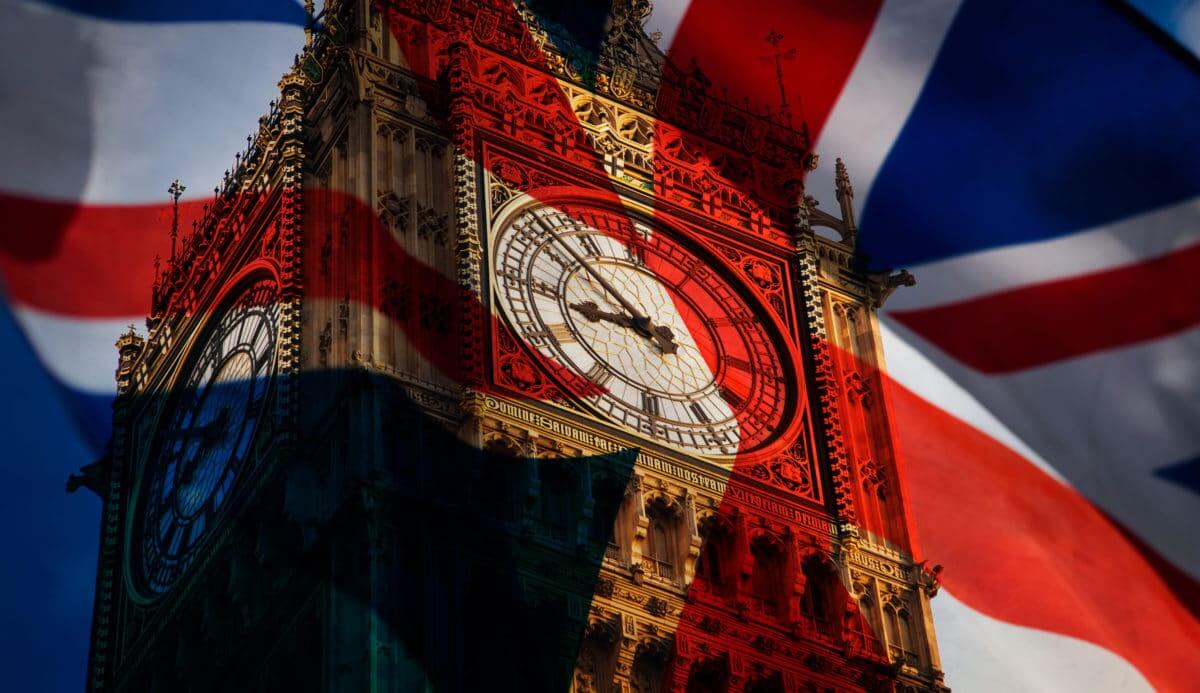The art of politics and the art of what is possible.

Yes, minister. The art of politics and the art of what is possible.
Some readers may recall the 1980s British sitcom “Yes, Minister” and its sequel “Yes, Prime Minister.” The central theme of these series was the way in which the British politician and government minister James Hacker (later Sir James Hacker) tried his best to make political decisions and policy but was very often thwarted by the bureaucratic Civil Servants, Sir Humphrey Appleby, Sir Arnold Robinson and Sir Bernard Woolley. Hacker was keen, he’d been elected to carry out certain policy and to keep promises he’d made, and yet it always seemed that the Civil Servants knew what was best and had a way of steering him towards their preferred destinations.
This was fictional comedy, of course, but the reason it was so popular was the fact that it contained a lot of truth. British politicians are elected to represent their constituents in parliament, but when it comes to any government making policy, ministers have much to learn from the professional Civil Service who have been there and done all that before. Simply put, these professionals know the ropes. They know what is possible and what is not. As a result, it is probably a very unwise minister who will charge ahead and refuse to heed the advice of their civil servants. Of course, every minister will wish to impose their ideas. That is why they are in office. But politics is all about pursuing the art of what is possible.
So where does this leave us in the case of two successive British Prime Ministers who have both landed their country in huge crises in the recent past?
The post The art of politics and the art of what is possible. appeared first on FinanceBrokerage.
0 Response to "The art of politics and the art of what is possible."
Post a Comment